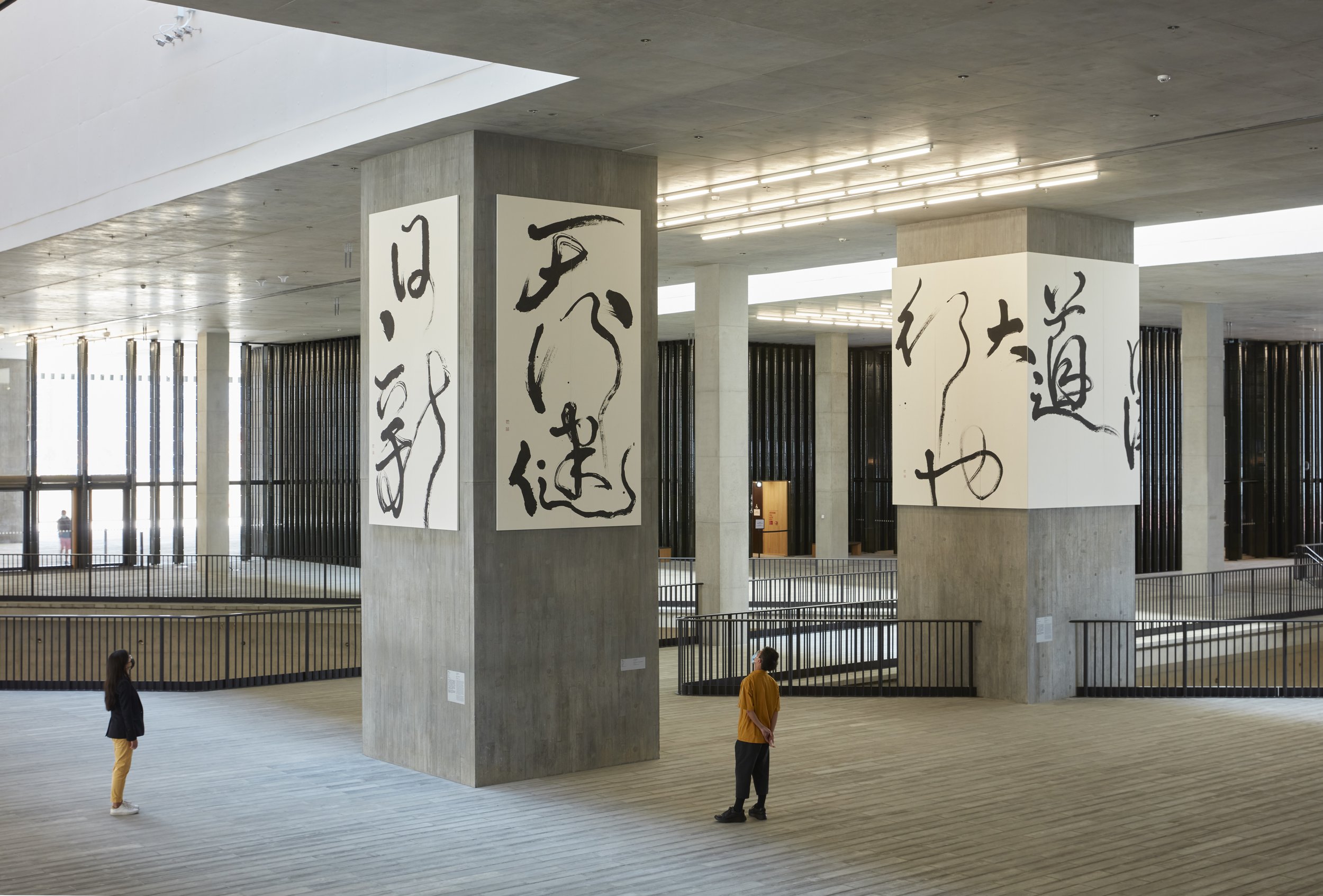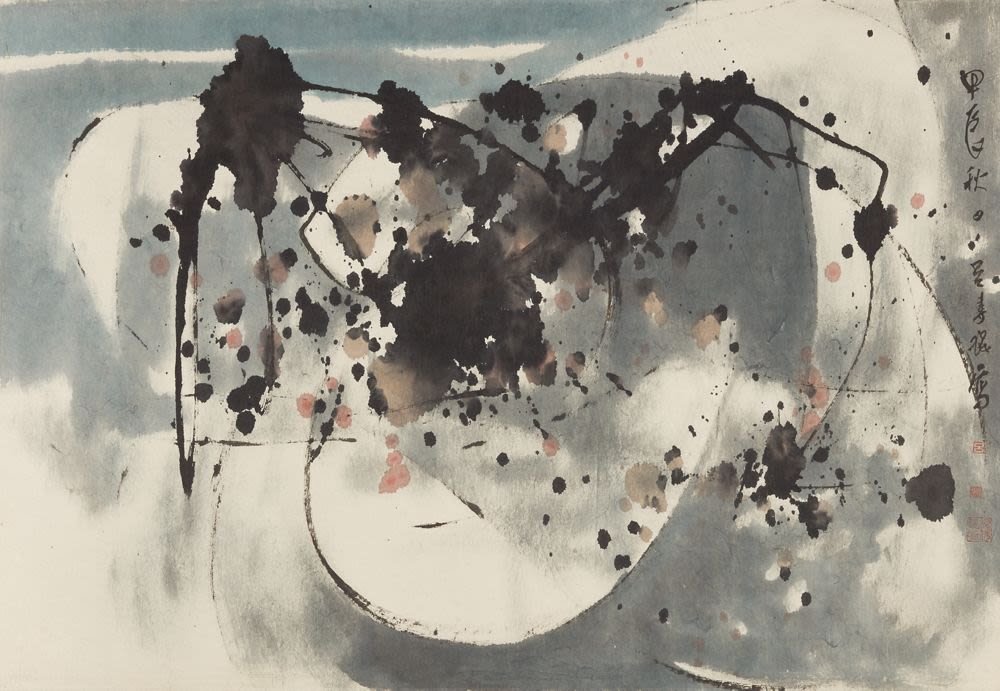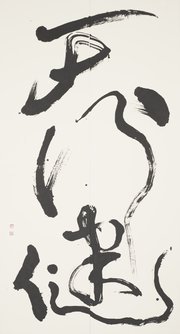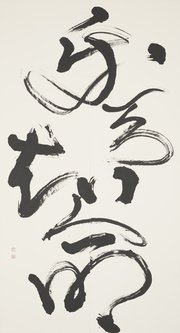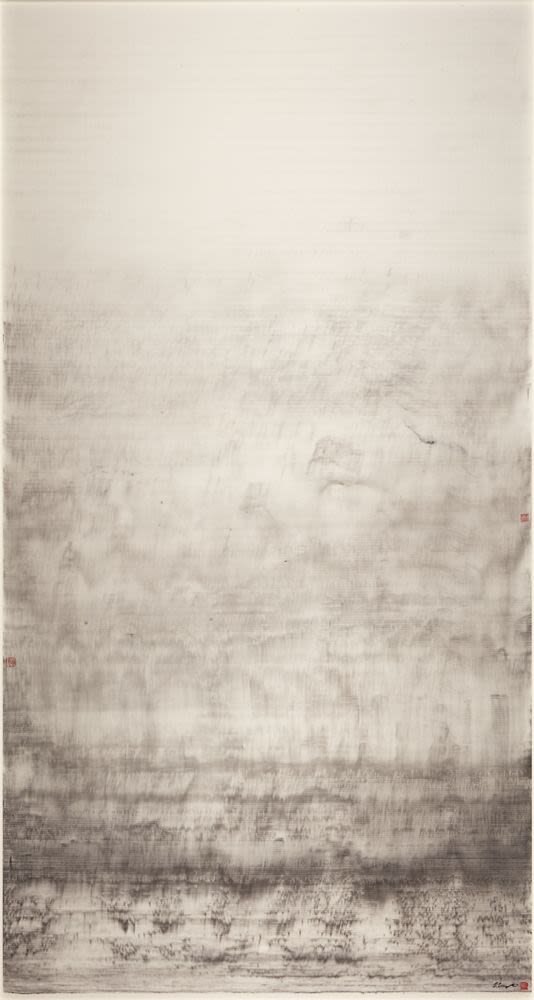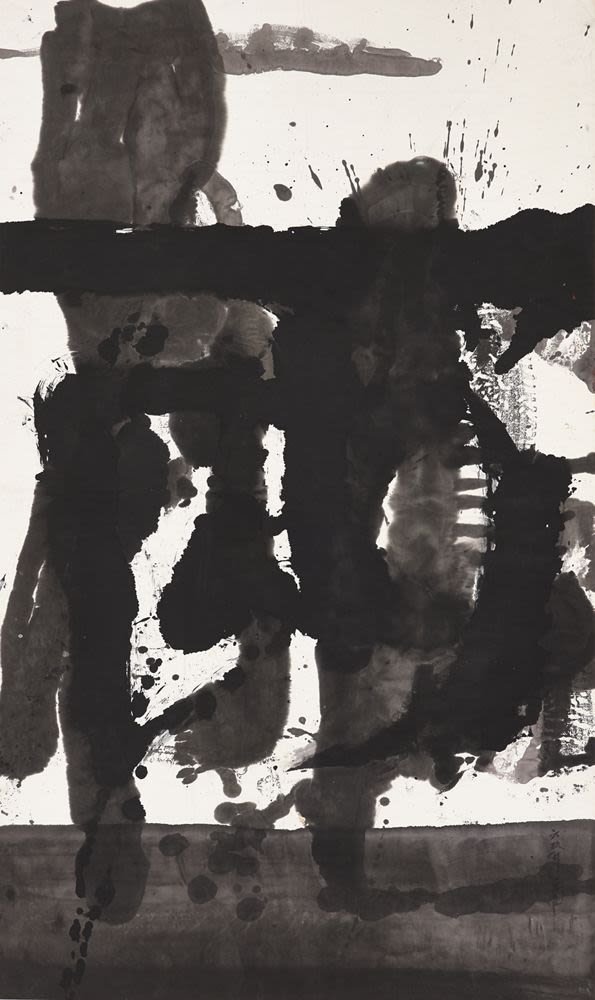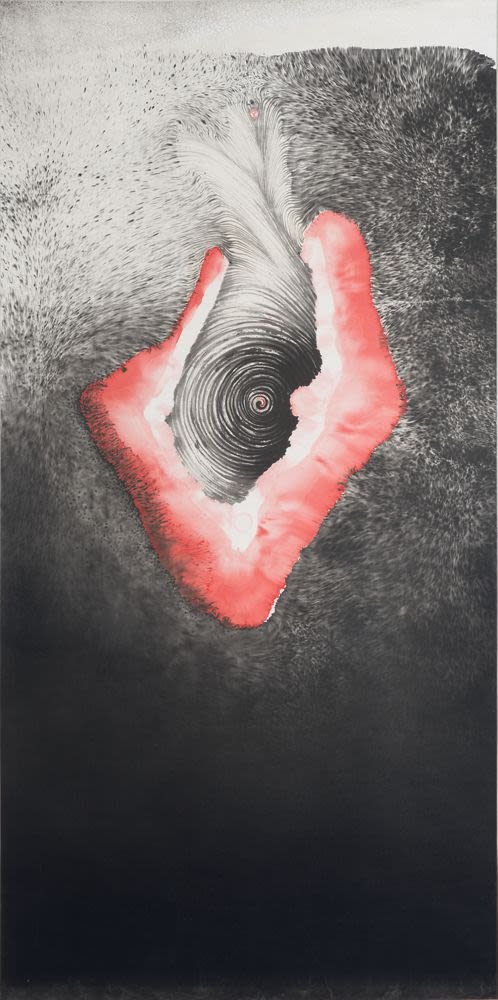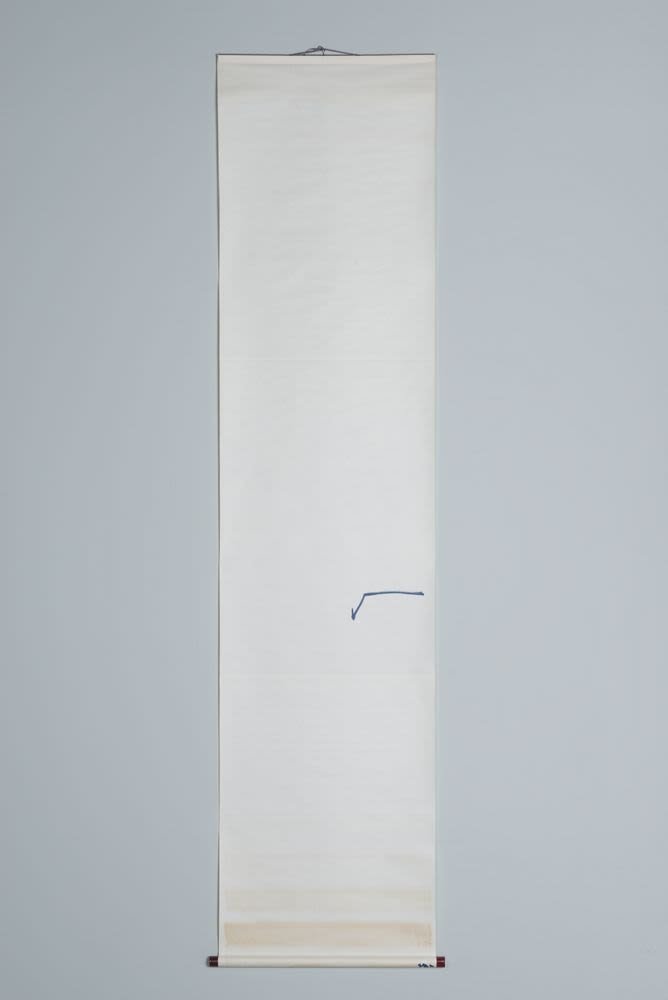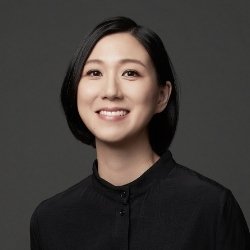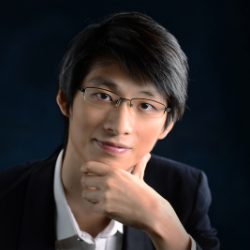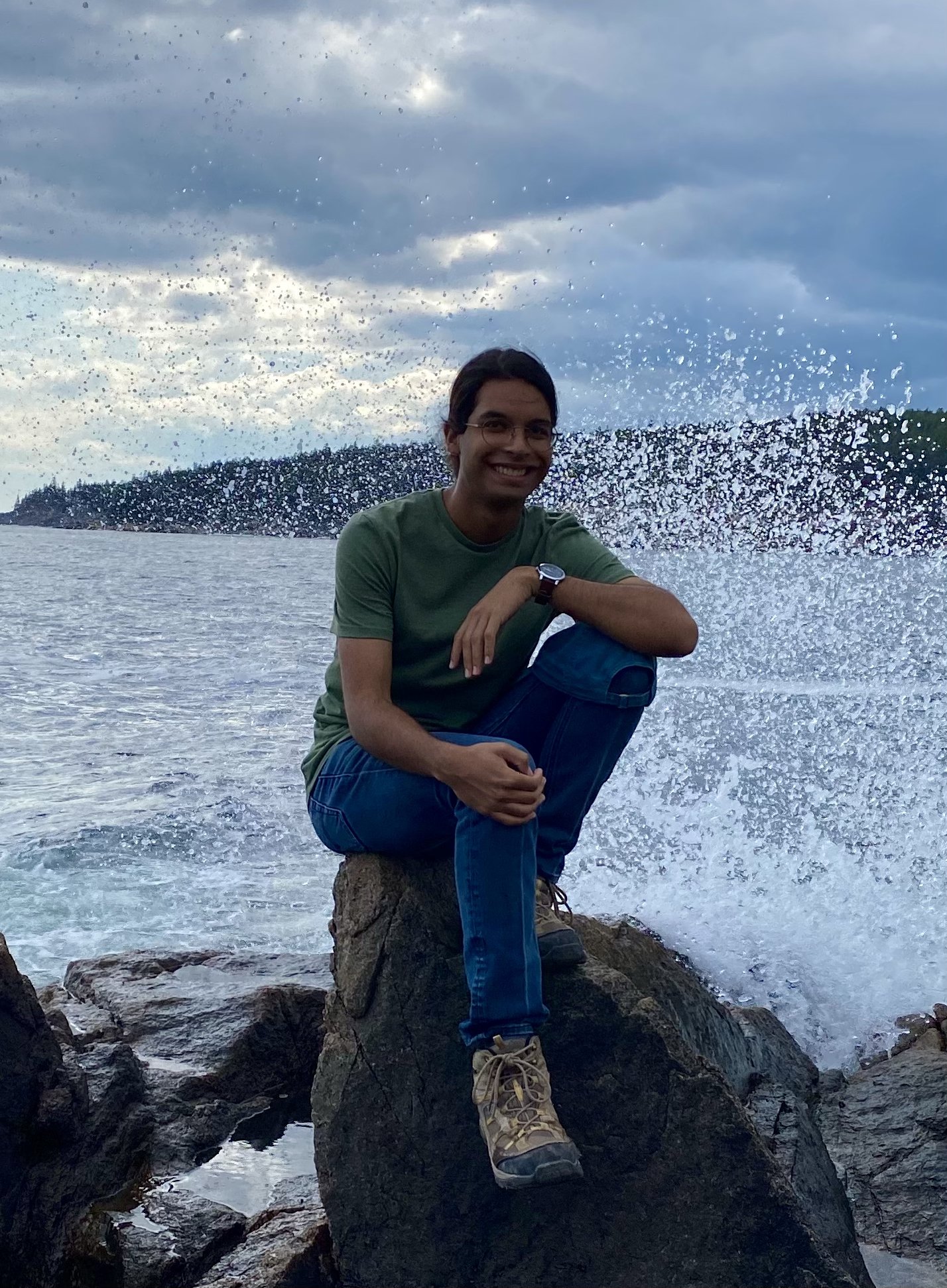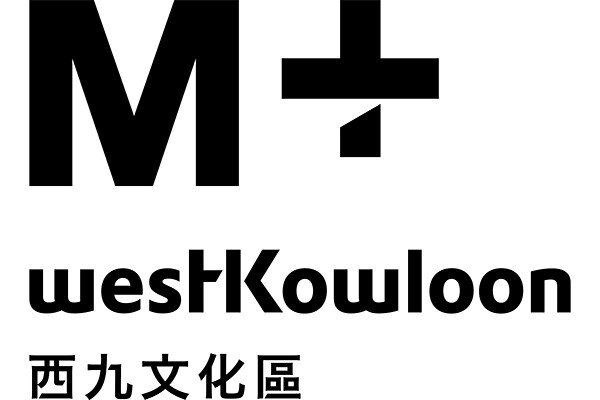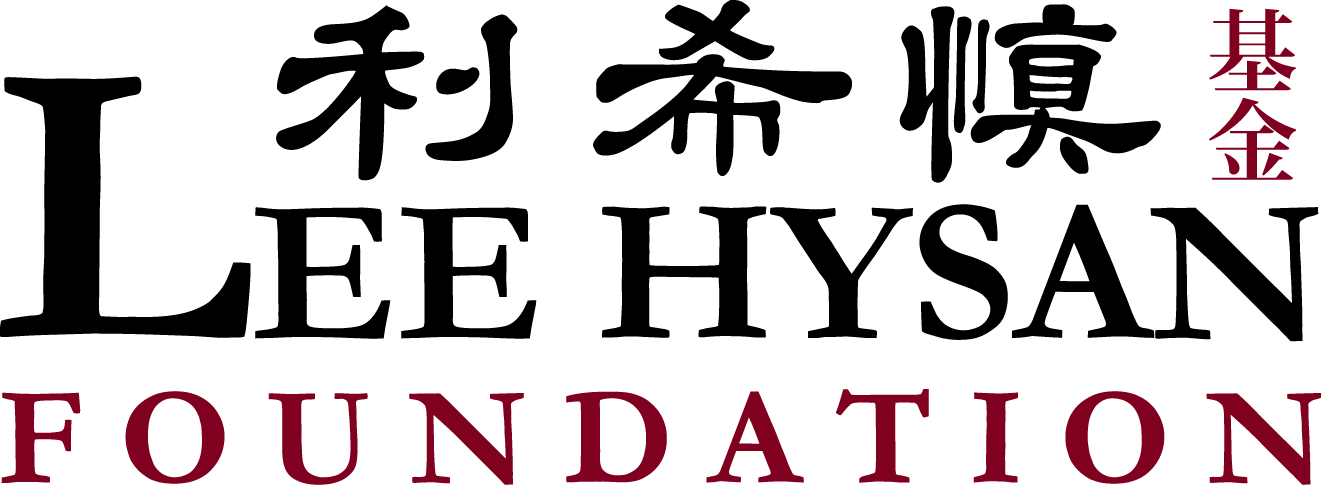Composing for Mixed Ensemble of Chinese and Western Instruments
A Creative Exchange Project between the US-China Music Institute of the Bard Conservatory of Music, the University of Hong Kong, and M+, Hong Kong.
In collaboration with the University of Hong Kong (HKU) and M+, Hong Kong, this creative exchange project aims to explore the aesthetic commonality and discover the innovative potential of Ink Art and New Music. Through lectures, mentorships, commissions, and performances, this multi-phase series hopes to connect creative, knowledgeable, and curious minds and encourage meaningful conversations and new compositions.
The project began in September 2021 with four virtual lectures, conducted in a masterclass style, on composing for mixed ensembles inspired by ink art. Dr. Lesley Ma (then at M+, Hong Kong), Dr. Yeung-ping Chen (South China Normal University), Prof. Hing-yan Chan (HKU), and Bard Conservatory alumnus Dr. Yiwen Shen ‘10 (Tianjin Juilliard School) each delivered a lecture to their mentees, four outstanding composition students selected from Bard and HKU, along with members of the public.
During the second phase of the project, composers and their student mentees worked on new compositions inspired by individually chosen works from the M+ collection of 20th and 21st century ink art. In the third phase the newly created musical works will receive their world premieres during the Ink and Sound conference on April 8-9 2022 at Bard College with performances given by Bard’s Student Ensemble of Chinese and Western instruments and again in June 2022 at the University of Hong Kong.
Listed below are all seven new compositions, with program notes and the artworks that inspired them.
COMMISSIONED new compositions
Hing-yan Chan, University of Hong Kong
An Ink Artist’s Two Seasons
for violin, erhu, and percussion
Commissioned by the US-China Music Institute, supported by YS Liu
I. Autumn Cicadas
II. Winter Thunders
An Ink Artist’s Two Seasons was composed between February and March 2022. The work was commis- sioned by the US-China Music Institute and was written specially for a project entitled “Ink Art and New Music” held at Bard College Conservatory of Music on 9 April 2022.
This two-movement miniature is based on two paintings of Lui Shou-kwan (1919-1975), namely Autumn 1964 and Winter 1968, both currently housed in M+, Hong Kong. Widely regarded as a trail- blazer in Chinese art and a leading figure in the New Ink Art Movement in Hong Kong, Lui charted a new path in his quest to connect Chinese art with the times and to contrive new “forms” for the genre.
It is sometimes of interest to a composer to recall the original impulse – the “creative germ” – of a compositional project. In the case of An Ink Artist’s Two Seasons I felt this impulse to be ink master Lui’s enlightening remark: “For art, form matters. It originates in objects which I seek to resonate with, respond to and then depict.”
Yeung-ping Chen, South China Normal University
Song of Ink
for for flute, violin, qin, pipa, and piano
Commissioned and supported by the US-China Music Institute
The piece is composed for a mixed ensemble with inspiration from a set of momentous calligraphic pieces by artist Tong Yang-Tze displayed in the Main Hall at M+. The text of the five pieces is The movement of heaven is powerful 天行健; Renew oneself daily 日新; At the auspicious moment, act without delay 樂天知命; Delight in the existence of heaven and understand its order 見機而作; and Embracing the way of heaven brings progress 何天之衢,道大行也.
Tong once said to Lesley Ma, who is a scholar of ink art and one of the main collaborators of this com- positional project, “Calligraphy is like music; its lines are what stimulate me greatly.” This composition, Song of Ink, captures the singing qualities and dynamic of the ink I have perceived from Tong’s work. It is divided into five sections, as my personal response to the texts of the calligraphy, which are: Heaven 天, Human 人, Self-awareness 自知, Overcome ego 自勝, and Unity 合一.
Yiwen Shen ‘10, Tianjin Julliard School
Wild Grass
for flute, erhu, pipa, guzheng, and cello
Commissioned by the US-China Music Institute, supported by Bard Conservatory of Music
My piece Wild Grass for flute, erhu, pipa, guzheng, and cello is commissioned in connection with the Ink Art and New Music Project, a collaborative music exchange project between the US- China Music Institute of the Bard College Conservatory of Music, the University of Hong Kong, and M+, Hong Kong. The work is inspired by Wild Grass II by Hung Fai, an ink art artwork at M+.
Mr. Hung Fai’s work reminds me of a verse from a famous Chinese poem:
Even a prairie fire cannot burn all the grass, it grows again when the spring breeze blows.
In my work, the erhu is treated as the protagonist, the wild grass; its lines are often imitated, interacted, interrupted, interfered by other instruments. The piece is divided into a few sections; each is built as some sort of variation of the previous.
The work receives its world premiere at Bard College on Saturday, April 9, 2022, and its Asian premiere at the University of Hong Kong in June 2022.
STUDENT COMPOSITIONS
Austin Leung, University of Hong Kong
Beyond Form
for guzheng and cello
Beyond Form is inspired by Mr. Leung Kui Ting’s ink artwork of the same title. The music work focuses on utilizing the sound of plucking strings. The cello only plays pizzicato in the entire piece. The glissando gestures are greatly emphasized in the music. The glissando idea is inspired by the clear and firm strokes in Mr. Leung Kui Ting’s ink artwork.
Samuel Mutter, Bard Conservatory of Music
Nocturnal Scars
for flute, erhu, and pipa
It’s such a difficult subject. Human cruelty. How does one really speak to its immense volume, and its shocking impact? Perhaps art is the best way to discuss human cruelty, tension, hate, violence, war, genocide. Art is probably the best way to express the impact of these human atrocities.
The painting on the front page is entitled Movement II (circa 1985) by Irene Chou. I was struck by the piece’s starkness. The sharp contrasts between coal black, cloudy grey, and fleshy pinks and reds. There’s a rawness to this work of art that just fascinates me. I think it’s a fantastic representation of human cruelty over time. From day to day, year to year, generation to generation. The continuity of cruelty is a reality that shocks us even though it has existed for all of human history. The dark swirling patterns in Chou’s work could represent the fear, the tension, the anxiety that lingers, the hate that festers, and burns until it sud- denly spirals out of control into the raw reds and pinks which could represent traumatic acts of violence.
Of course, this is just my interpretation of Chou’s work. I do not know what the artist herself wished to con- vey. Nonetheless, her work has inspired me to create my own art reflecting the subject of human cruelty, the continuity of cruelty. Fortunately, I do not speak from a place of having experienced such atrocities, but I do hope that the piece encourages thought and conversation around the ideas of hate, human cruelty, violence, genocide, and the trauma that stays with those who have lived through such horrible events.
Nocturnal Scars is dedicated to them, those who have suffered and those who are still suffering at the hands of human hate and cruelty.
Nocturnal Scars is a piece in four movements. The first three of which can be performed in any order the players would like. Each starts off with a slow, study build in tension, fear, and anxiety that is supposed to represent the black and grey swirls in Chou’s work. This build ends in an explosion of thornier material supposed to mimic the rawness of the reds and pinks used in Chou’s work. The fourth movement is supposed to give a sense of infinite continuation and variation that ends with- out feeling like an end has actually arrived as is unfortunately the case when it comes to human cruelty. It continues every day. Somewhere peo- ple are still suffering at the hands of others.
As with any piece I write, how effectively I’m able to communicate my ideas to the audience is a challenge and in some ways a risk, an unknown. I hope that I will succeed, but perhaps I will not.
OGA, Bard Conservatory of Music
Wurzel Aus
for percussion, violin, and guqin
The title of my piece, Wurzel Aus, is taken from the drawing by Nam June Paik that inspired the piece. Below is the description of the drawing on the M+ website:
[. . .] Wurzel aus, meaning ‘square root of’ in German, was a gift for the artist Mary Bauermeister, a friend and collaborator. The hanging scroll drawing is an early piece showing the artist’s interest in the East Asian ink art tradition. The square root sym- bol, or radical sign, is rendered as a gestural blue mark, surrounded by negative space. Similar to the composition, a mathematical function without a number suggests a cer- tain nothingness or indeterminacy. The radical sign, something Paik would use in later works on paper, at times replacing numbers with words, also implies a variable that is both positive and negative. Paik created a number of experimental musical scores and notations, influenced by his interactions with avant-garde composer John Cage. Wurzel aus, from Paik’s time in West Germany in the late 1950s and early 1960s, represents an example of his pre-video work at the beginning of the Fluxus art movement. Informed by Eastern aesthetics and Western minimalism and conceptual art, Wurzel aus asks philo- sophical questions and suggests infinite possibilities.
When I look at this image, besides the boldness of the square root symbol and how it articulates the negative space, I am interested in the performativity it implies: a simple act of marking a gesture on a hanging scroll that changes the status of the scroll—an action that results in a juxtaposition of disparate signifiers taken out of the context where they are normally situated, an Eastern hanging scroll, a mathematical symbol and a German title—are they kind of signi- fiers in diaspora, or are they significant only as what they can be? This piece exists in the Intersectional space between cultures, iden- tities; seriousness and playfulness; something and nothing. I set out to write a piece in the spirit of Nam June Paik. On the other hand, a square root symbol, a “radical” sign, is a constant reminder for me to think from the root.
Jing Wang, University of Hong Kong
Trace
for zheng, cello, and percussion
Trace depicts an artistic process of drawing a painting by applying an ink brush. By dabbing and blend- ing, the flowing ink will change its shape, interacting with paper according to different strength, size and length controlled by the painter. Applying those flowing elements into music, how the trace is formed will be perceived. In the meantime, transforming the conceptual painting moves into performative body language, which draws the strokes of the Chinese character Sù, forming a visualized acoustic artwork. To gradually magnify the extension of ink creates a series of ripples covered by multi-layered ink colour. The piece metaphorically reflects a gentle and peaceful mood.
Jing Wang, Trace, 2022, original score, first page. Courtesy of Jing Wang.


